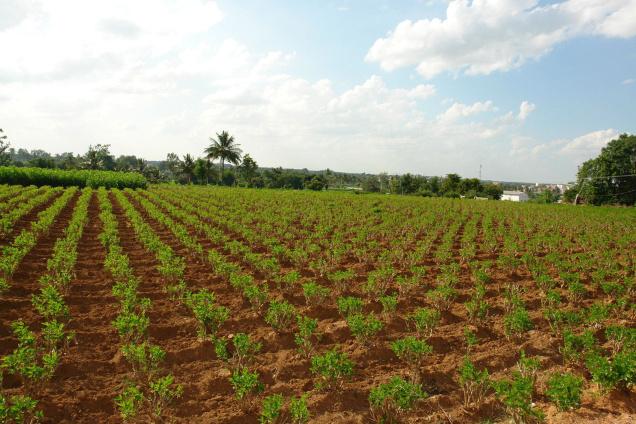
District administration to provide all facilities to farmers under one roof
Sericulture in Chittoor district is expected to get a boost, with the district administration deciding to provide all facilities to farmers under one roof.
District Collector Siddarth Jain has directed the sericulture wing to submit a report by December 15 on the feasibility of either the full waiver of property tax or bringing it down to the maximum level for silkworm rearing sheds in the district, with Madanapalle, Palamaner and Kuppam forming the core belt. The collective efforts of farmers and officials are expected to transform a stagnant rural economy into a dynamic and buoyant industrial economy.
Officials brought to the notice of the Collector that municipalities were imposing property tax on rearing sheds up to Rs. 5,000 a unit, which farmers have opposed. The Palamaner area contributes more than 800 metric tonnes of silk annually, thanks to the presence of over a hundred rearing sheds.
Similarly, Kuppam and Madanapalle zones, too, make substantial contributions to silk production. In spite of steps taken by the government to bolster silk production, the rural industry still depends on Karnataka for the final output, resulting in huge expenditure at the domestic front.
Considering the fact that 70 per cent of malbari plantation in the State is spread across Rayalaseema, with Chittoor contributing a significant share, the district administration aims at strengthening the existing reeling units at Palamaner, with more subsidies on buildings and rearing sheds, involving youth in the industry, apart from conducting periodical awareness campaigns for the benefit of entrepreneurs.
BETTER DAYS ARE HERE
*District Collector has sought a report from the sericulture wing on the feasibility of waiving property tax for rearing sheds
*The combined efforts of farmers and officials are expected to transform a stagnant rural economy into an industrial one
*Palamaner area contributes around 800 metric tonnes of silk annually, and govt. is considering strengthening units there
*The rural silk industry still depends on Karnataka for the final output, resulting in huge expenditure at the domestic front
HOW PALAMANER GETS A BOOST?
*More subsidies on buildings and rearing sheds
*Involving youth in sericulture
*Conducting awareness campaigns for entrepreneurs
source: http://www.thehindu.com / The Hindu / Home> News> National> Andhra Pradesh / by K. Umashanker / Chittoor – November 26th, 2014